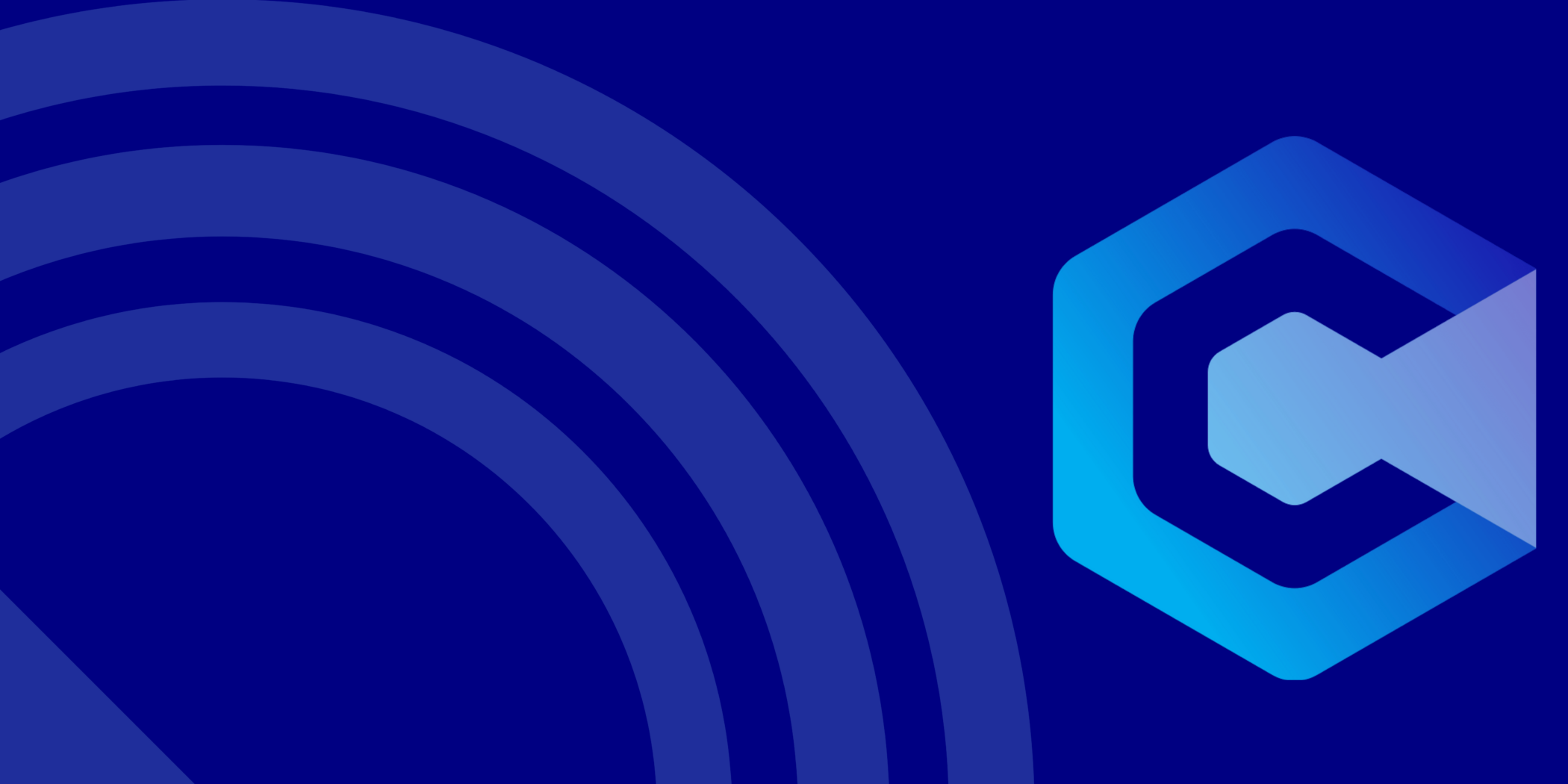What’s the reality of implementing two levels of care tech in a traditional nursing home?
By Liam Palmer, Founder, Care Tech Guide
When people talk about digital transformation in care, they often forget how tough it is to implement even simple systems — especially in large, traditional nursing homes.
During lockdown, I was running one such home. A neighbourhood facility owned by local GPs and pharmacists. A classic case. Still respected in the community, but long overdue for investment. No signage, potholes in the car park, an overgrown garden and a management structure overloaded with supervisory staff. Frankly, it was unloved.
And yet, it had potential. I convinced the owners to support a vision that was to transform it into a vibrant, tech-enabled three-star home (the right fit for the local market). We brightened the interiors with seaside-inspired colours, redesigned the garden, fixed the car park and gave the place a fresh identity. But more importantly, we built sustainability into the business through two major layers of care tech — a rostering system and a care monitoring system.
Implementing a Digital Rostering System
When I arrived, the rota was still done on paper with lots of adjustments and crossing out, despite being a legal document. Managing it consumed hours of senior staff time and there was even one person whose sole role was to keep the rota running smoothly, acting like a PA to the staffing chaos. It was inefficient, fragile, hard to follow and far from future-proof.
So, we brought in a best-in-class, care-specific rostering system.
To be candid, it took around a year to fully embed. The admin burden increased initially, and some staff resisted the change. My head of nursing continued printing spreadsheets until I had to revise HR policies to make digital compliance mandatory. That’s the reality of change. People struggle with it and need sensitive, steady support to adopt new ways of working.
But as the system bedded in, the benefits became clear:
- Significant time savings and less duplication
- A reliable “version of truth” for staffing decisions
- Freed-up time for senior staff to focus on leadership and care quality
It also highlighted an uncomfortable truth. We’d been using extra daytime senior staff to plug gaps, not adding value, but complicating communication across teams. Streamlining those roles became possible once the system was running effectively.
Introducing a Digital Care Monitoring System
Our second major tech leap was digital care planning.
Like many homes, record keeping was patchy. Audits triggered bursts of panic and there was clear friction between the nursing and residential teams about standards. We needed consistency and confidence.
Introducing a digital care monitoring system was a much bigger cultural shift than rostering. Many staff didn’t have smartphones and were genuinely anxious about the tech. But after six months of training, coaching and patience, it clicked.
What changed?
- Staff became more confident and tech-literate
- Access to real-time resident data improved the quality of care
- Team engagement rose as they saw the benefits for themselves
Were there hiccups? Absolutely. For a time, staff would sit in communal areas glued to handheld devices while residents sat ignored. That’s tech adoption without proper guidance. But we addressed that too.
Eventually, care staff were more informed, better prepared and interactions with external professionals (like CQC inspectors) became smoother. Notifications and reports could be quickly exported. It elevated our professionalism and gave the team confidence in what they were delivering.
The end result: A smarter, sustainable home
With both systems embedded, the home became data-driven, leaner and more coherent in how it operated. Supervisory roles were streamlined. Staff became more tech-savvy and engaged. Importantly, we saw improvements in our CQC ratings, not just because we used tech, but because we used it well.
Of course, none of this worked without leadership. You need to bring your team with you, step by step and know when to push, when to pause and when to listen.
But that’s a story for another day.
